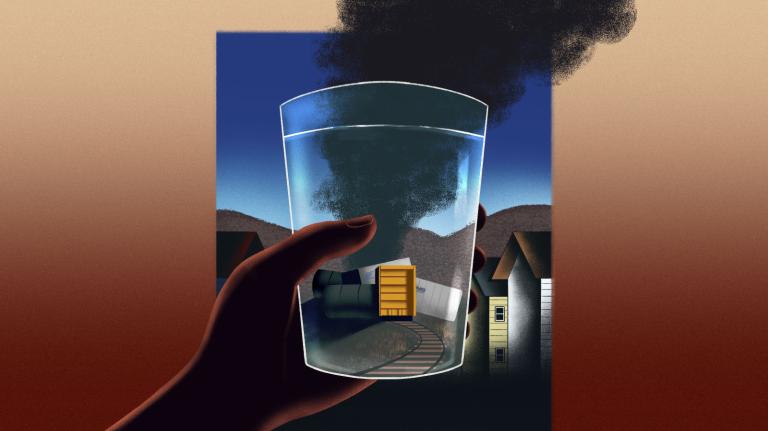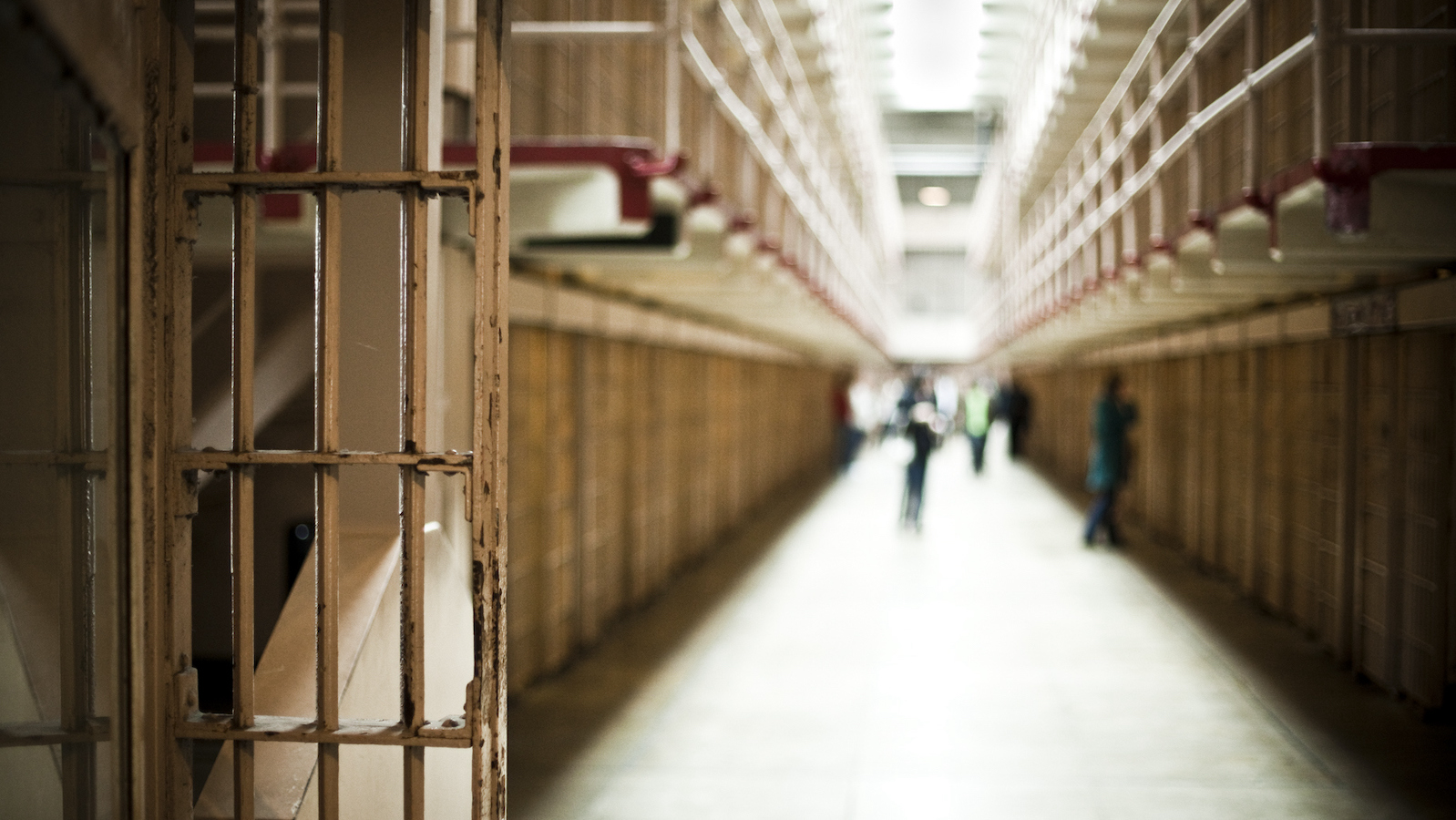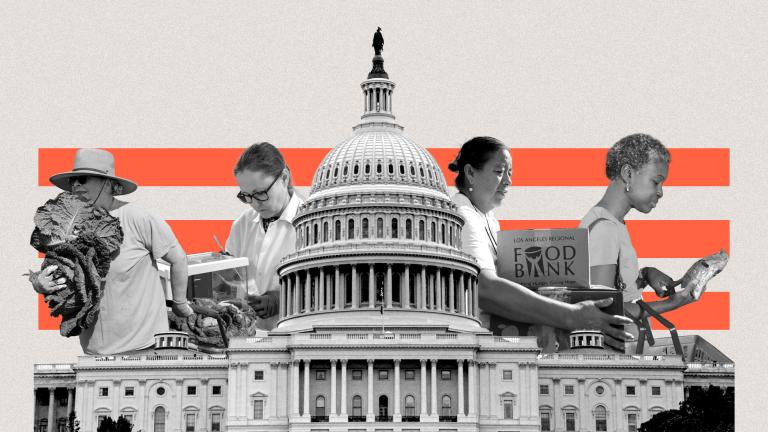Extreme heat is killing people in prisons across the United States, according to a new study published in the academic journal PLOS ONE. The research provides some of the first epidemiological evidence of the link between the climate crisis and prison mortality in the nation with the highest incarceration rate in the world.
The study examined deaths in both state-run and privately run prisons during the hot summer months of June, July and August between 2001 and 2019. Researchers found that a 10-degree temperature increase above the average correlated with a 5.2 percent increase in deaths — or a 6.7 percent increase among prisoners with heart disease.
To Julie Skarha, the study’s lead author, who recently finished her doctorate in epidemiology at Brown University, “The biggest surprise was that the highest increase of mortality was in the Northeast,” she told Grist. The study found that a two-day heat wave meant a mortality increase of 21 percent in the Northeast, compared to 0.8 percent in the Midwest, 1.3 percent in the South, and 8.6 percent in the West.
Also startling was the link between heat and suicide in prisons nationally. In the three days following an extreme heat day, the researchers noted a 22.8 percent increase in suicides.
To the researchers as well as advocates for people who are incarcerated, the findings hint at deepened desperation among prisoners in the summer, even in states not known for their heat. To Skarha and others, the data is a call to action for policymakers. “There should be more regulation around what kind of temperatures people are exposed to in these settings,” Skarha said. “If temperature regulation isn’t happening in these settings, then they shouldn’t be operating.”
Outside of prison, people protect themselves from heat by moving to a cooler area, turning on a fan or air conditioner, taking a cool shower, or drinking water. Such options are not readily available to people in prisons.
Making matters worse, people in prison are uniquely vulnerable to heat-sensitive illness. People age more rapidly while incarcerated and are disproportionately diagnosed with diseases like diabetes. A 2016 survey found that about 43 percent of people incarcerated in state prisons had received a mental health diagnosis. A class of drugs known as psychotropics, used as a treatment for certain mental illnesses, is known to cause heat-sensitivity.
Joseph Jackson, executive director of the Maine Prisoner Advocacy Coalition, said he was surprised to hear that death correlated with heat in Northeastern prisons. Last September, Jackson’s organization helped organize a “Stop Killing Us” rally to protest over a dozen jail and prison deaths so far that year in Maine. “We didn’t attribute them to heat,” he told Grist. However, he added, they seemed to occur disproportionately during summer.
Heat’s impact depends on how acclimated people are to the weather, helping explain the heightened Northeastern death toll. It’s also a result of the fact that the study didn’t take into account whether a facility had air conditioning. While no publicly available national data set exists that describes which prisons lack air conditioning, Northeastern prisons are likely less prepared for heat than those in the South, according to Skarha.
Jackson, who was incarcerated for 20 years, recalled that, early in his sentence, he was placed in an old concrete and steel building with poor ventilation. “During summer, when the walls heated up, it was miserable,” he said.
An earlier study by Skarha found that air conditioning means the difference between life and death for some prisoners in Texas. In facilities lacking air conditioning, her team estimated that more than 250 Texans died over the past two decades due to heat. Reporters at USA Today found that 44 states lack universal prison air conditioning.
The population at risk is vast and disproportionately Indigenous, Black and Latino. Over 10 million people move in and out of the U.S. prison system every year, the study underlines. Meanwhile, scientists expect heatwaves to come more frequently as the climate crisis deepens, further imperiling the lives of prisoners.
Skarha said the study underestimates the impact of heat on prisons. For example, the majority of people incarcerated at the jails of New York City’s Rikers Island, which were not a part of the study, also lack air conditioning, said Julia Solomons, senior policy social worker at Bronx Defenders, a public defender nonprofit. City officials say the infrastructure is unfit to install it, but plans to close the notorious jails are moving at a snail’s pace.
“People tell us that they are suffering without access to breathable air,” she said. “Every summer we know this is coming and nothing changes.”




